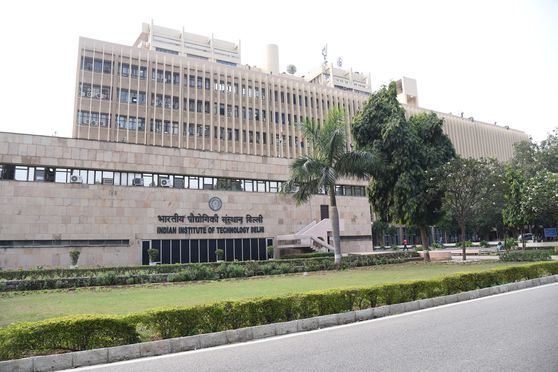IIT Delhi to help Delhi airport enhance passenger experience, operational efficiency


Indian Institute of Technology (IIT) Delhi has signed an agreement with the Delhi International Airport Authority (DIAL) to enhance passenger experience and operational efficiency of terminals through Artificial Intelligence-based predictive analysis, a statement from the Delhi airport operator said on February 28.
IIT Delhi will help DIAL in improvising its allocation of resources in response to dynamically changing passenger loads at the airport by providing analytics based on passenger volume and other quantitative factors.
"A team from IIT Delhi will carry out AI-based predictive analytics on identified areas of improvement and come up with next-level innovative solutions," a statement from DIAL read.
The premiere engineering college will also help in better understanding of passenger preferences and allow DIAL to design customised services for passengers, DIAL said in a statement. Customised services for passengers, according to an airport official, was the need of the hour at airports.
IIT Delhi and DIAL signed the agreement on February 21. According to this agreement, the collaboration will remain in force for five years.
The Indira Gandhi International Airport in Delhi is the largest airport in India, with the highest number of daily international flights. It is also the busiest airport in India.